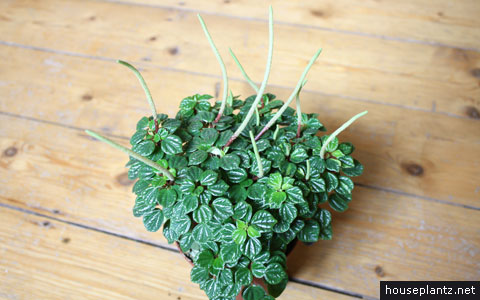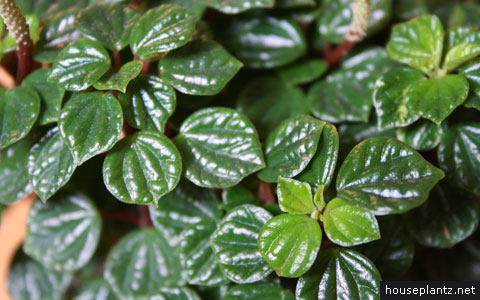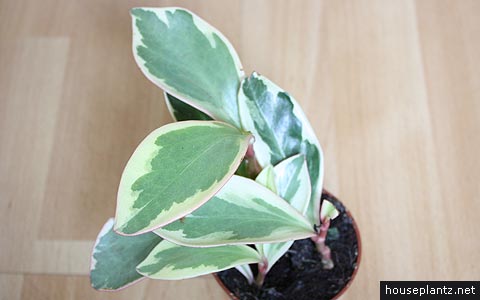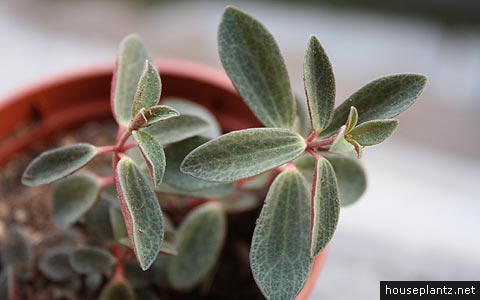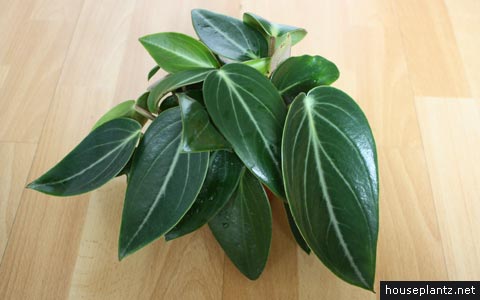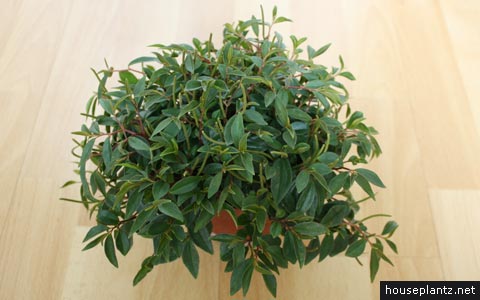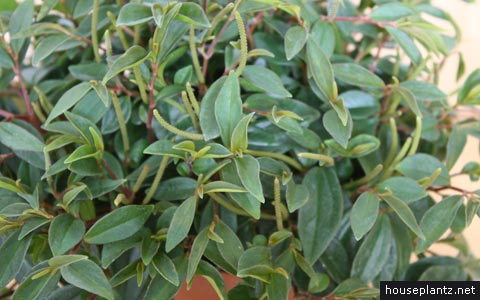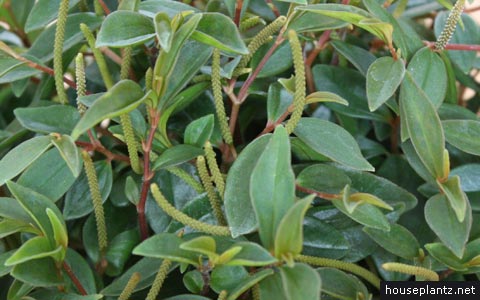peperomia columella has small, fleshy leaves and is native to peru. in its natural habitat this succulent species is growing between rocks and cliffs.
peperomia columella care
peperomia columella grows best if located bright and sunny throughout the year. if placed outside during summer and to avoid rotten roots, make sure that rain water can flow out of the pot’s hole. a light shaded place will be tolerated.
the soil should be well drained, im using a mix of some gritty, sand and humus. a regular cactus mix can also be used.
from spring to fall peperomia columella can be deep watered. what’s running out of the pot should be removed after a few minutes. before watering next allow to dry.
a half diluted cactus fertilizer can be given monthly from spring to fall. fresh bought or recently repotted plants don’t need to be fed for the first six to eight weeks.
if you can give em enough light, peperomia columella can be cultivated at room temperature throughout the year. if not, it should be placed at approx. +/-10 °c (59 °f). it now has to be kept nearly dry, a fertilizer must not be given.
propagation
peperomia columella can be propagated with cuttings.




